The selection presents geological formations from basalt columns in Northern Ireland to salt flats in Bolivia. It includes glaciers, volcanoes, canyons, waterfalls, and coral reefs. These geological structures were shaped by natural forces such as erosion, tectonic movements, and volcanic activities over millions of years.
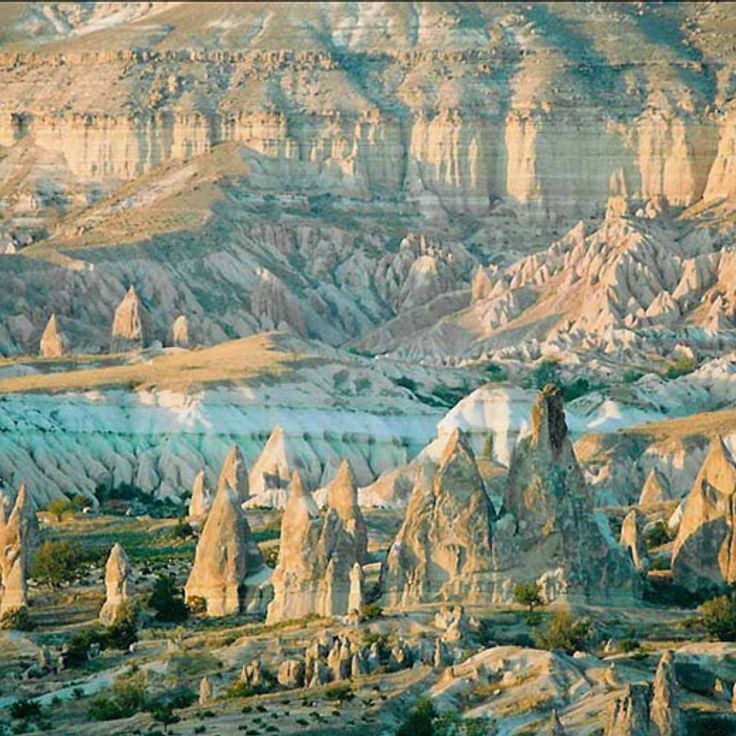
County Antrim, Northern Ireland
A geological formation of 40,000 connected basalt columns, created by volcanic activity millions of years ago.
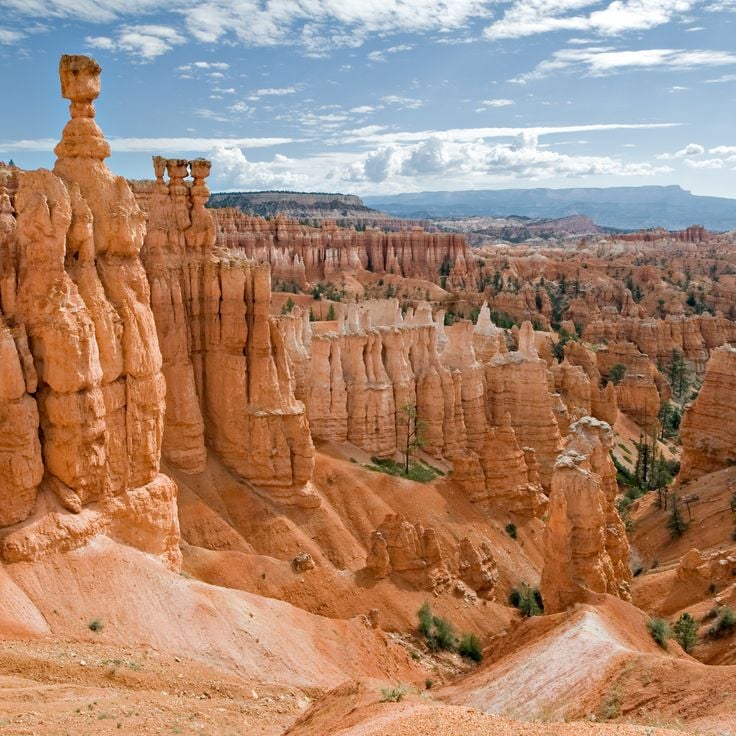
Arizona, United States
A river canyon 277 miles long and up to 18 miles wide, shaped by the Colorado River.

New Mexico, United States
A landscape in the badlands with gray and white rock formations made of petrified wood and mineral-rich sediments.
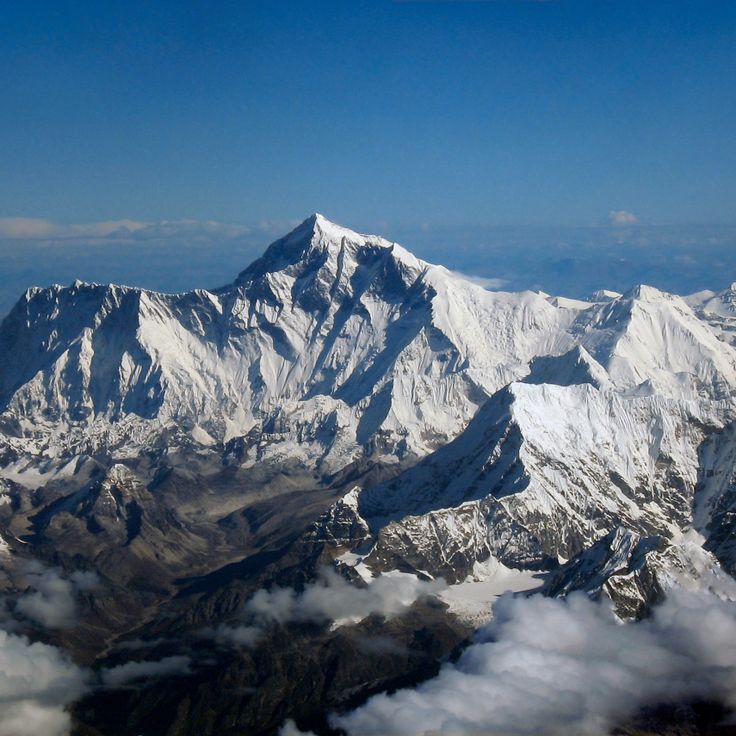
Border of Nepal and China
A mountain reaching 8848 meters in the Himalayan range, formed by the collision of Indian and Eurasian tectonic plates.
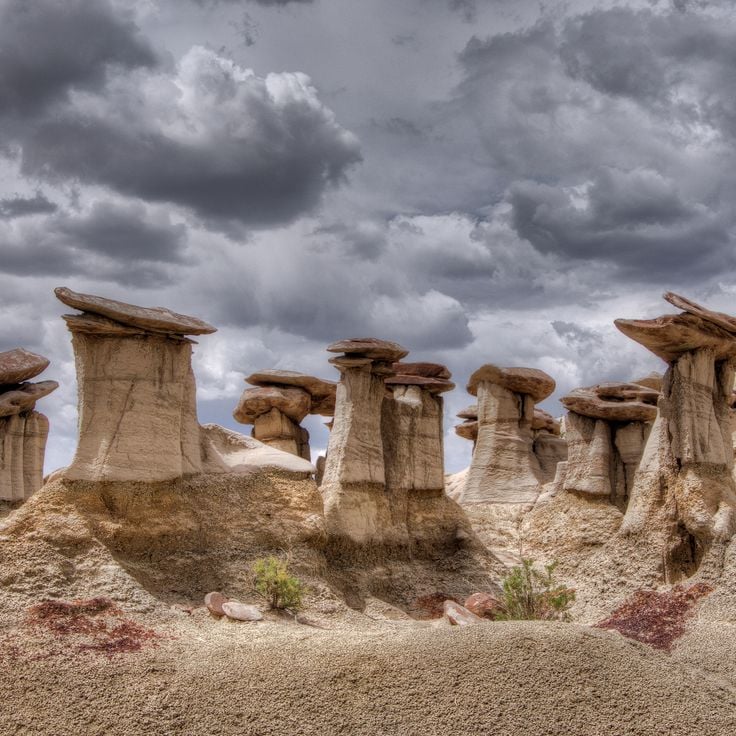
Queensland, Australia
The world's largest coral reef system, composed of over 2,900 individual reefs and 900 islands.
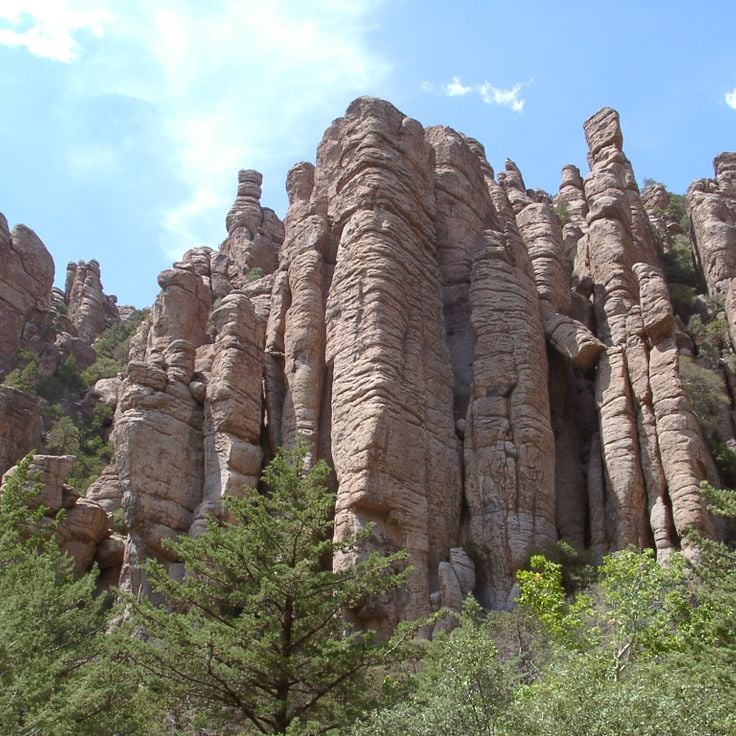
Potosí and Oruro Departments, Southwest Bolivia
World's largest salt flat, notable for its reflective surface during the wet season.
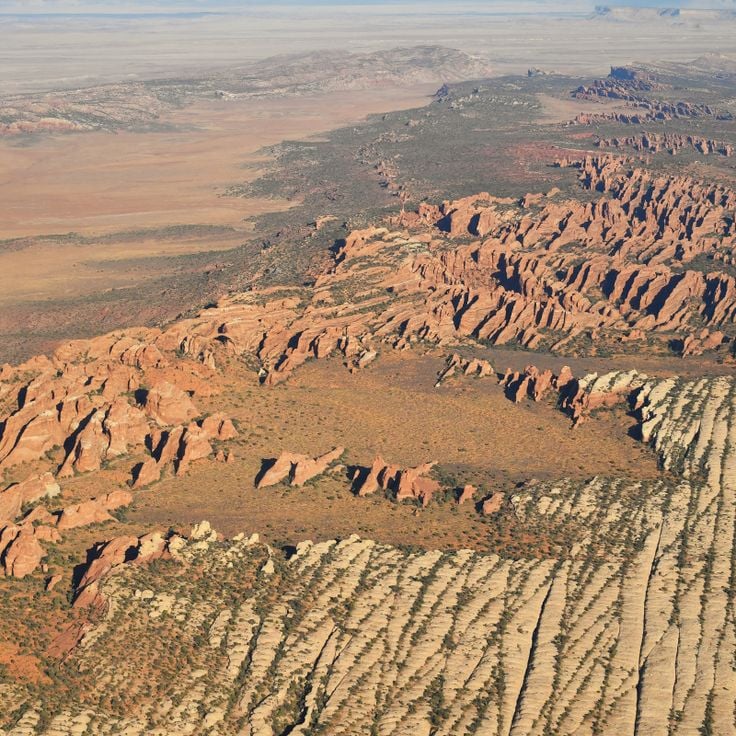
Utah, United States
An area in Grand Staircase-Escalante National Monument containing multiple sandstone formations and natural arches.
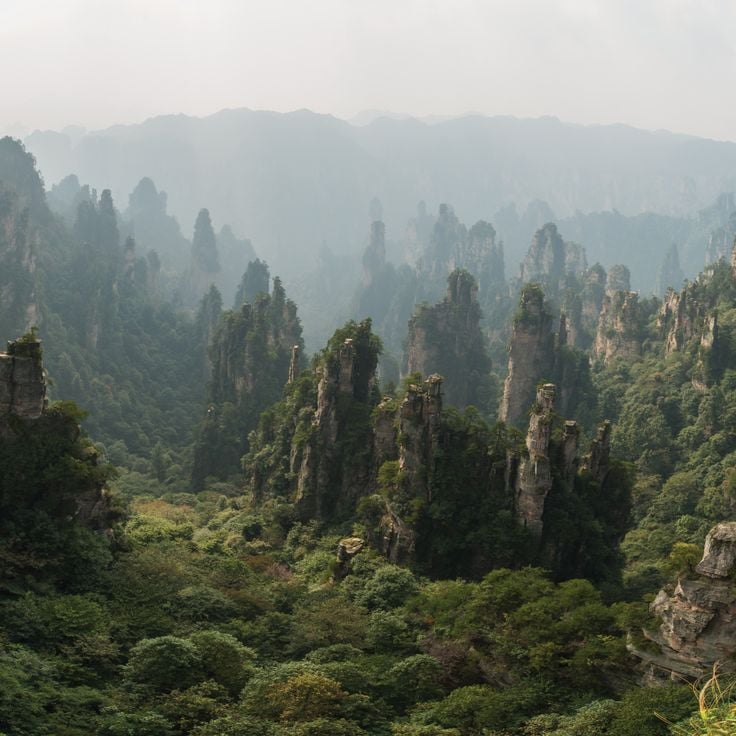
Denizli Province, southwestern Turkey
Limestone terraces created by warm mineral water flowing down the mountainside, forming white deposits.
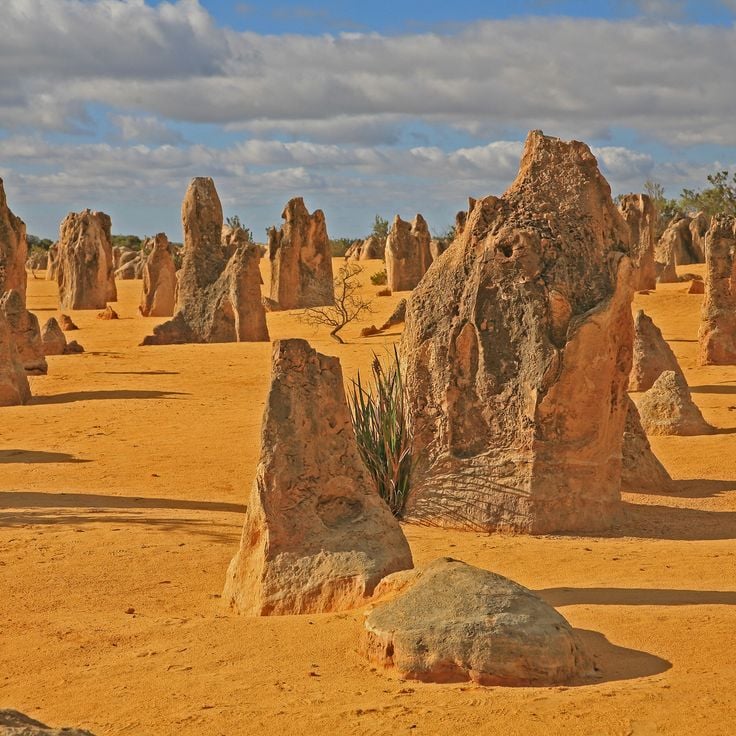
Wyoming, United States
A volcanic system covering 2,805 square kilometers. The underground contains a magma chamber with regular geothermal activities.
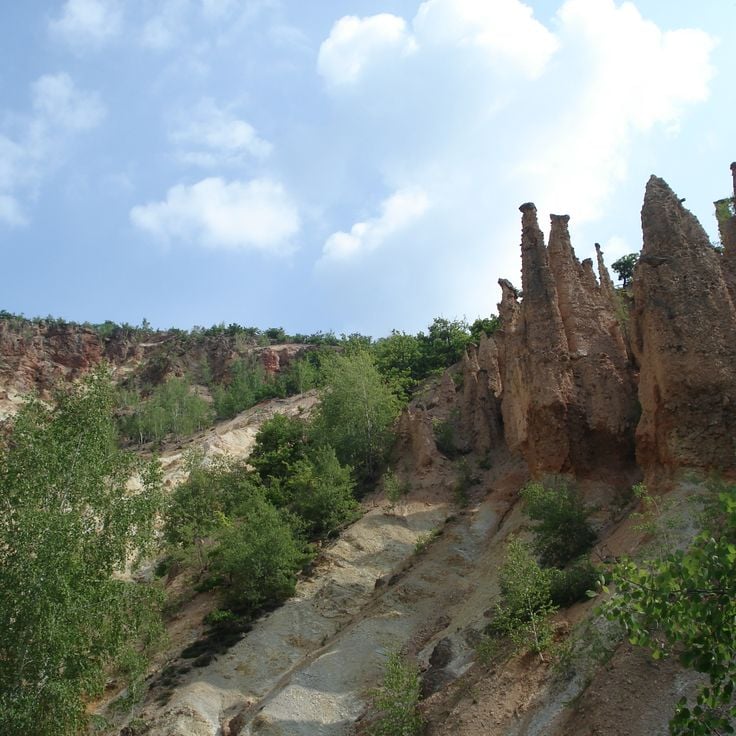
Arizona, United States
Sandstone rock formation from Jurassic Navajo sandstone. A 5.8-kilometer hike leads through exposed terrain without markers.
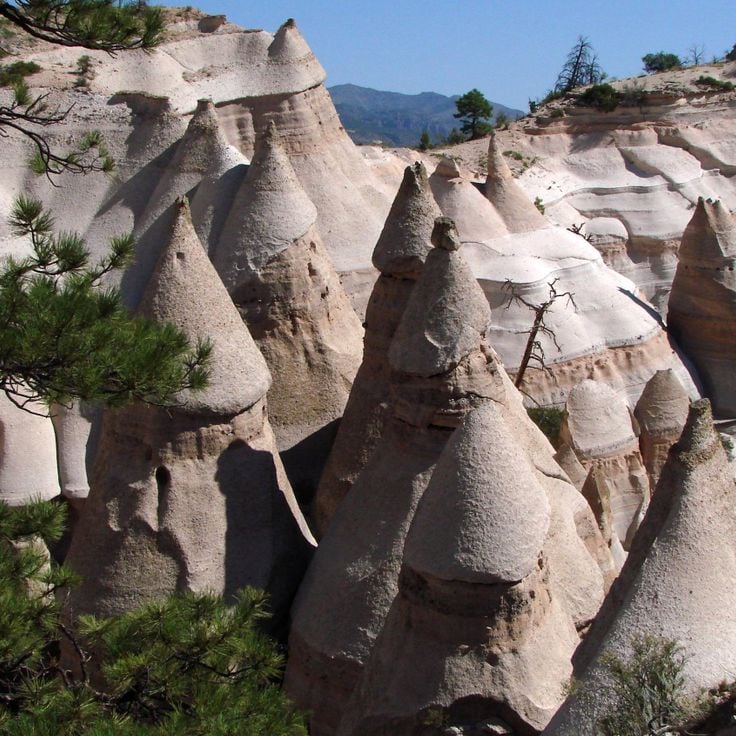
New Mexico, United States
The rock formations were created by volcanic deposits. The structures reach heights up to 27 meters.
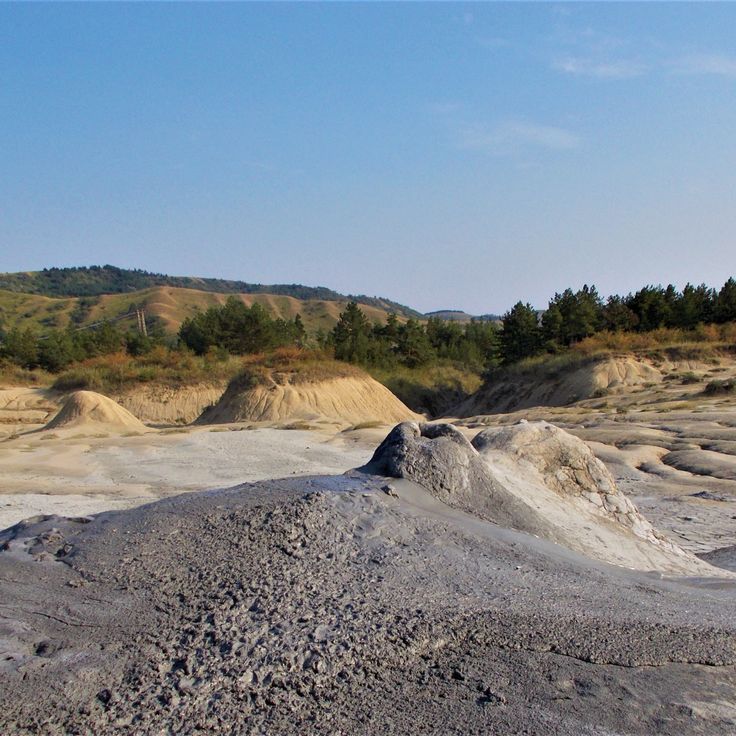
Buzău County, Romania
The structures form when natural gas rises through sediment layers and pushes mud to the surface.
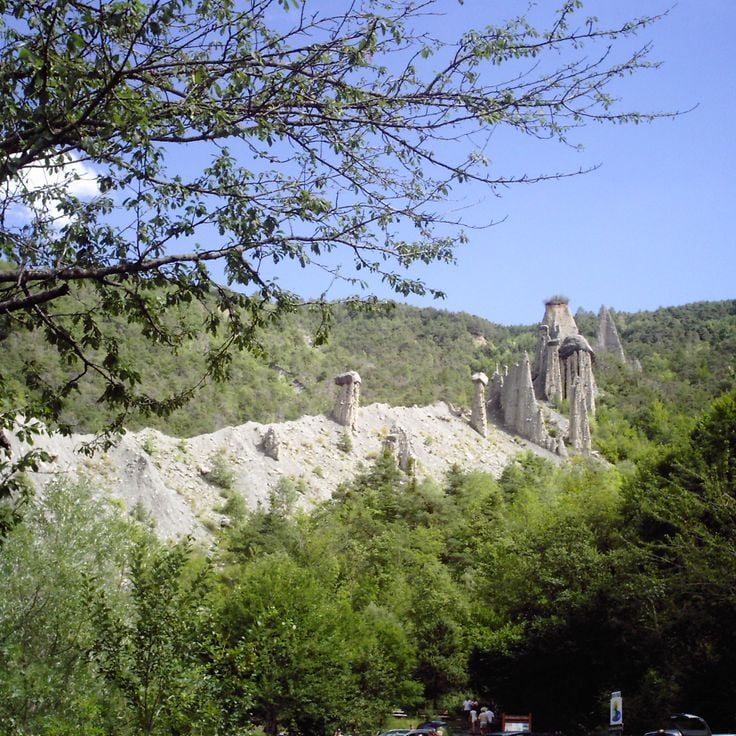
Border of Zambia and Zimbabwe
The waterfall drops 108 meters over a width of 1708 meters. The water falls into a narrow gorge.
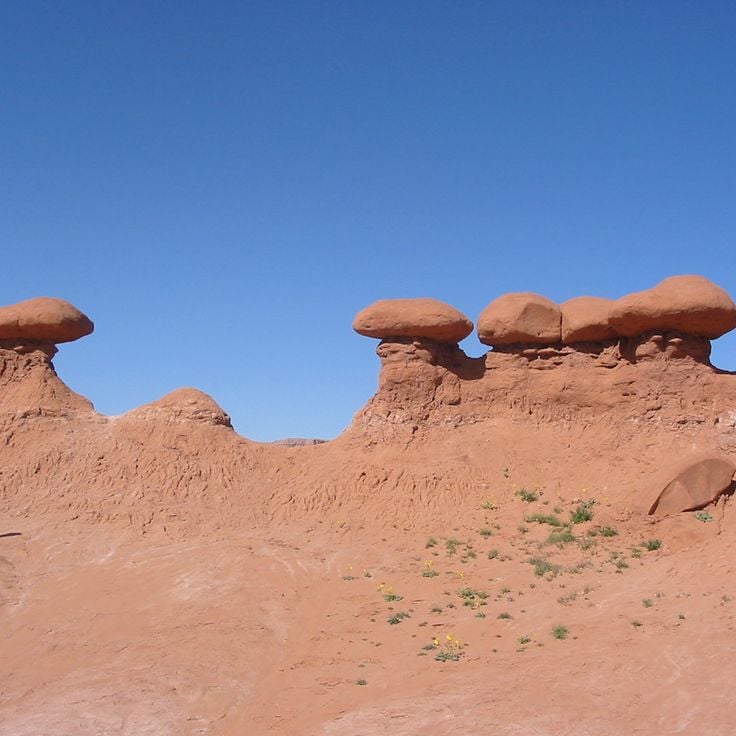
Arizona, United States
The canyon formed through sandstone erosion. Red rock walls form curved patterns. Sunlight enters through openings from above.

Menabe Region, Madagascar
The trees reach heights of 30 meters. Their trunks store large amounts of water. The road passes through rice fields.
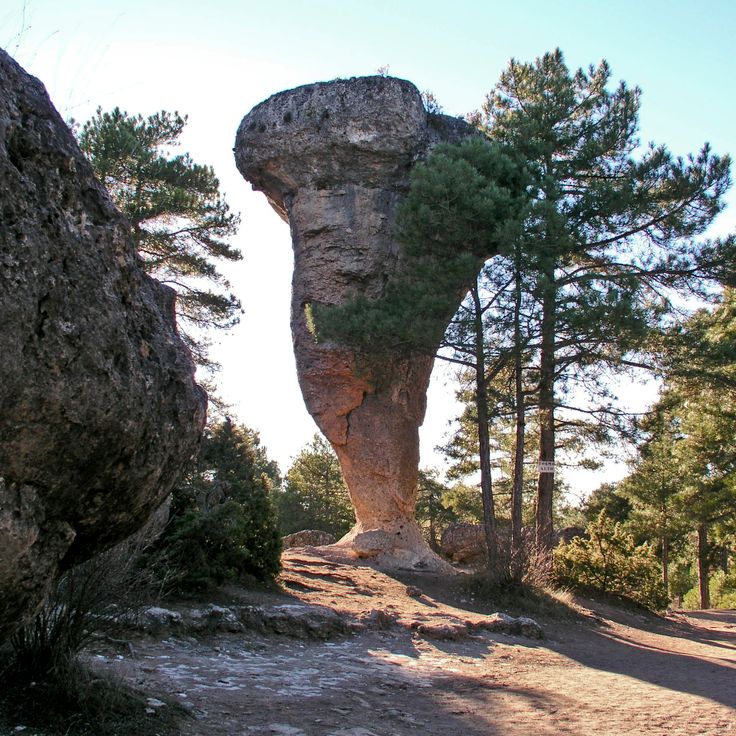
Keserwan District, Lebanon
The caves extend over 9 kilometers. Stalactites and stalagmites decorate the chambers. An underground river flows through the grotto.

Quảng Ninh Province, Vietnam
This marine bay contains over 1600 limestone islands and rocks rising from the water. The landscape was formed through karst processes.
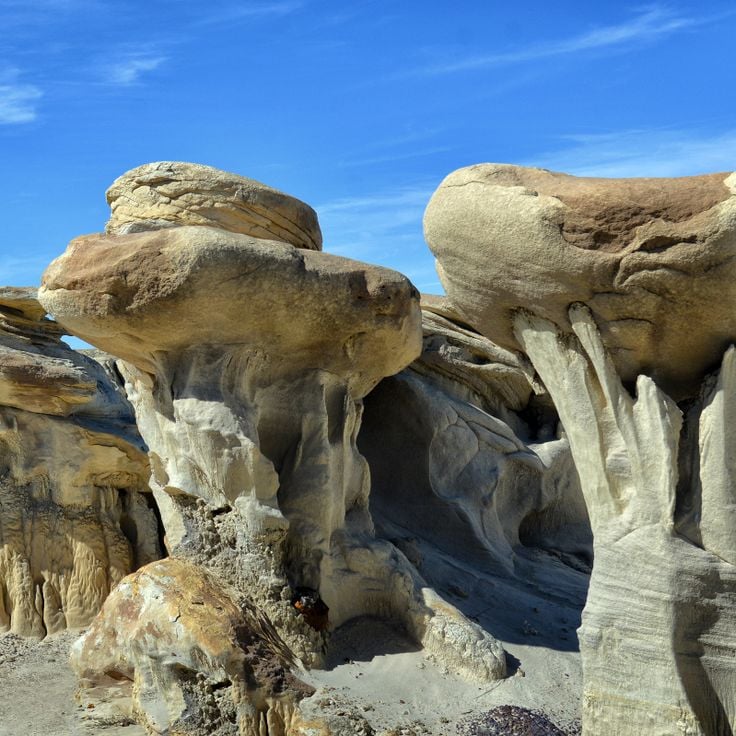
Border of Jordan, Israel, and Palestine
A salt lake with 34% salinity, located 430 meters below sea level. The water contains various minerals in high concentration.
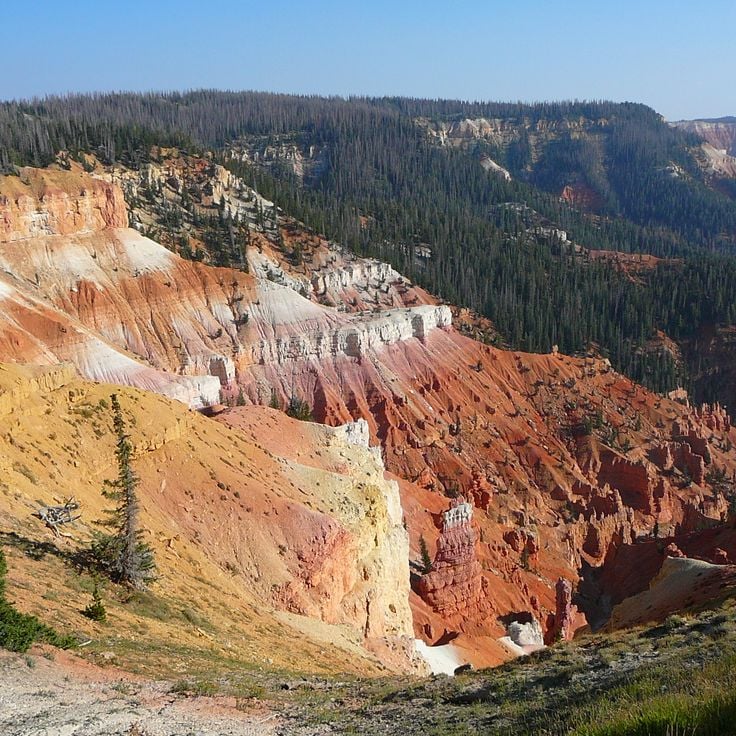
Thessaly, Greece
Six monasteries stand on sandstone pillars reaching heights of 400 meters. The buildings were constructed in the 14th and 15th centuries.

Hunan Province, China
A natural area with 3000 sandstone pillars reaching heights of 200 meters. The area includes 40 caves and two large natural bridges.

County Clare, Ireland
These cliffs rise over 200 meters from the Atlantic Ocean. The O'Brien's Tower provides a viewing point over the entire coastline.
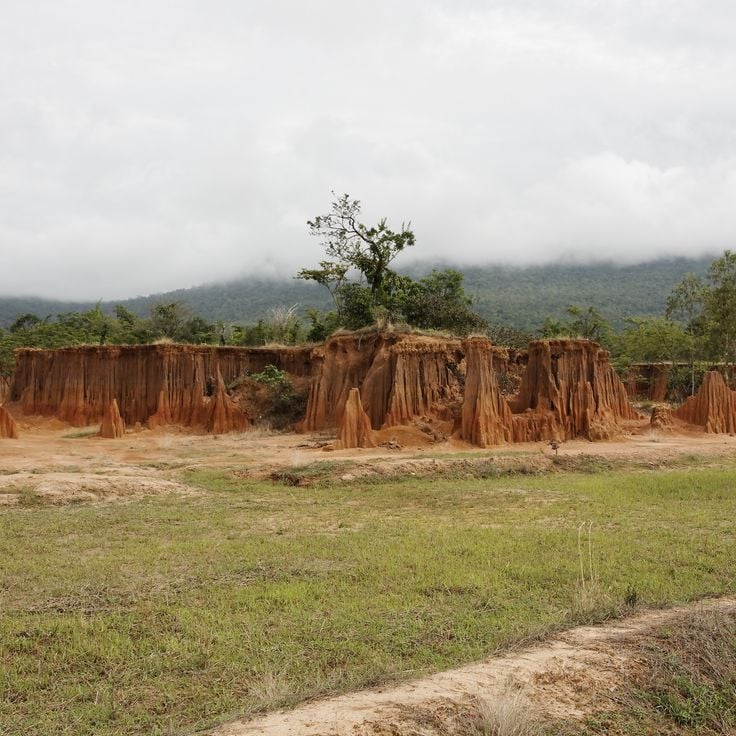
Border of Argentina and Brazil
System of 275 waterfalls over 2.7 kilometers in length. The highest waterfall, Devil's Throat, measures 82 meters.
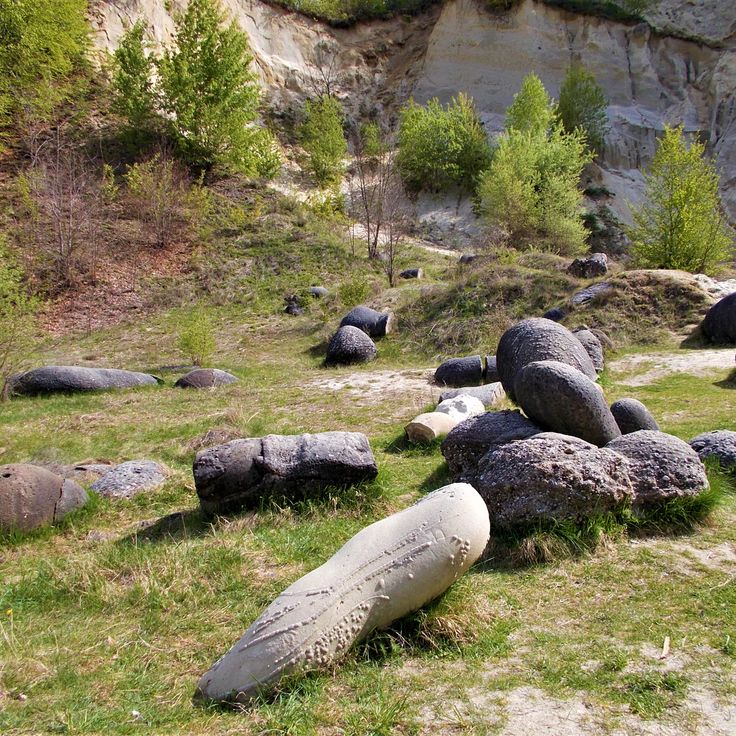
Santa Cruz Province, Argentina
The glacier extends over 250 square kilometers and has a length of 30 kilometers. The ice wall reaches a height of 74 meters.
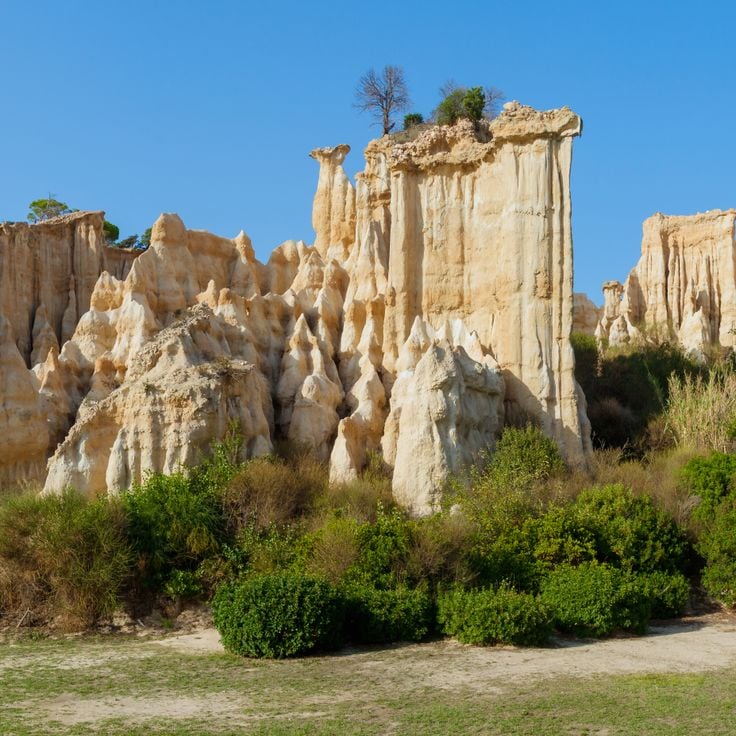
Gansu Province, China
Red sandstone formations with horizontal stripes of different minerals. The rocks display layers in red, yellow and orange.
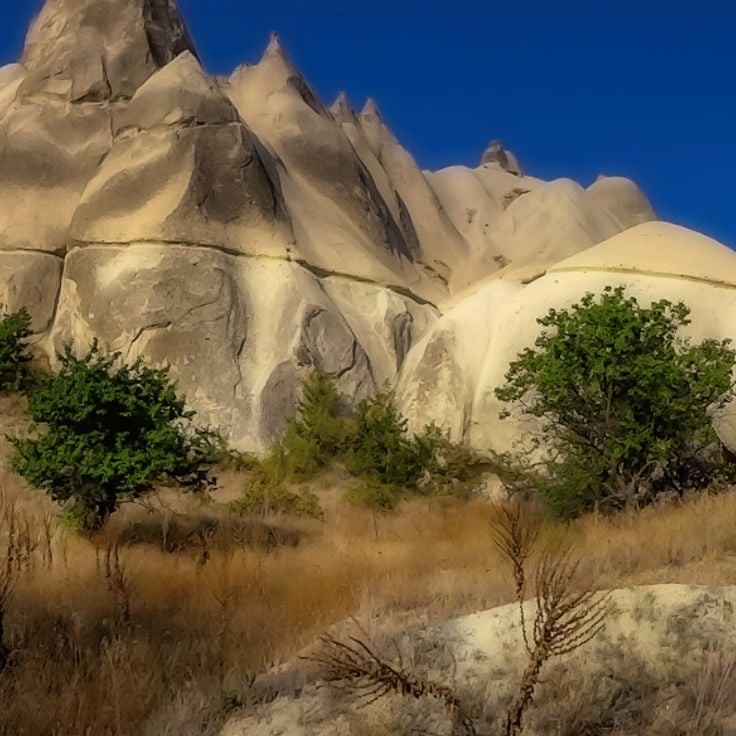
Kilimanjaro Region, Tanzania
The mountain consists of three volcanic cones: Kibo, Mawenzi, and Shira. This dormant volcano reaches an elevation of 5,895 meters above sea level.